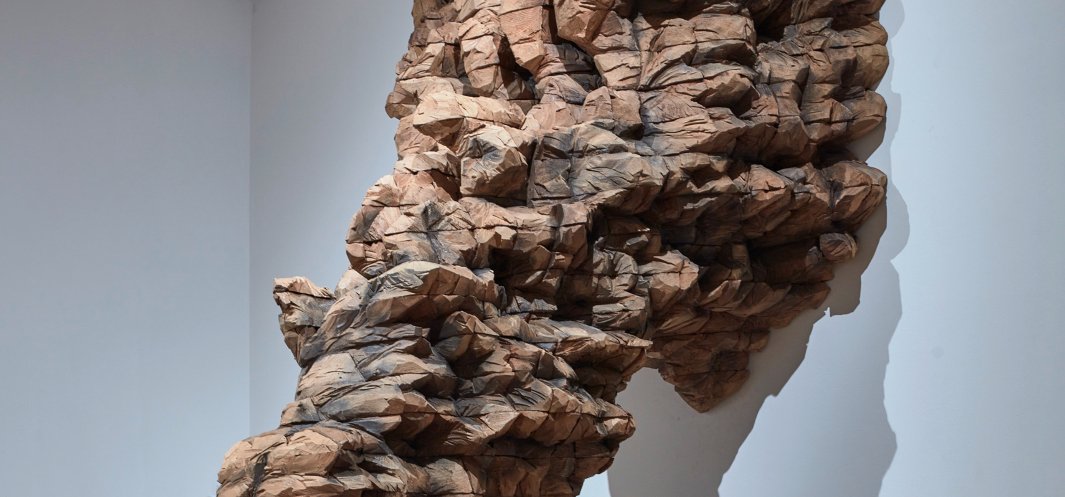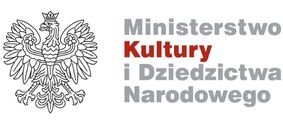Purchase of the MOCNY sculpture by Ursula von Rydingsvard
 Ursula von Rydingsvard (b. 1942) is an artist of Polish origin who lives and works in New York. Her monumental spatial compositions consist of modules with unchanging parameters: parts with a cross-section of about 10 × 10 cm, combined in layers into multi-metre sculptures. Small, rhythmic details contrast with the massiveness of the form. The basic material of her art is cedar wood: light, resistant and strongly aromatic. The process of creating these works is arduous and long, which is why it has a meditative character. Ursula von Rydingsvard has a truly Benedictine-like work ethic.
Ursula von Rydingsvard (b. 1942) is an artist of Polish origin who lives and works in New York. Her monumental spatial compositions consist of modules with unchanging parameters: parts with a cross-section of about 10 × 10 cm, combined in layers into multi-metre sculptures. Small, rhythmic details contrast with the massiveness of the form. The basic material of her art is cedar wood: light, resistant and strongly aromatic. The process of creating these works is arduous and long, which is why it has a meditative character. Ursula von Rydingsvard has a truly Benedictine-like work ethic.
The power of her sculptures results from their close links with nature and tradition, while the representations are not literal. These are poetic, ambiguous impressions, and their monumental scale arouses the admiration of the recipients.
The sculptures by Ursula von Rydingsvard elude the conventional definition of beauty – the sculptor herself claims that she does not like this word, because nobody knows what it means.
MOCNY [lit. strong] is a hanging spatial composition whose irregular, twisted form evokes associations with the natural texture of old tree trunks. Placed on the wall, the sculpture seems to take off rapidly into space. It emanates with raw energy resulting from its intense expression.
The work itself is unique compared to the NMK sculpture collection – our museum does not have many examples of contemporary wooden sculpture on a monumental scale – but the artist’s person and her special creative path are equally important. Ursula von Rydingsvard was born into a poor peasant family, and her childhood was marked by the constant movement between refugee camps: the artist remembered the austere wooden architecture of these places, and the memory of wood returned when she visited Poland for the first time in 1985. Milada Ślizińska, curator of the first Polish exhibition by Ursula von Rydingsvard (1992, Centre for Contemporary Art (CCA) Ujazdów Castle), wrote about her non-obvious Polish heritage:
The fifth out of seven children, born in Germany, brought up in refugee camps, educated in the United States, has in her memory numerous words, associations, images and situations taken out of the cultural context, having their source in a country she has never known. Ursula’s giving Polish titles to her works (...) [is] building on the so-called ‘second-hand memory’.
An important part of von Rydingsvard’s identity is the immigration experience – the fact that she initially felt alienated in the United States made her try harder to prove her worth as an artist.
In 1980, she attracted the attention of art critics with the huge composition Sen świętego Marcina [lit. Saint Martin’s Dream] in the open, sandy space of Battery Park City. This work blended organically into the natural terrain, similarly to the earlier works of the artist from the land art trend
Von Rydingsvard’s work is in numerous American collections, including the New York Museum of Modern Art (MoMA), the Albright-Knox Art Gallery, Brooklyn Museum, and the National Museum of Women in the Arts in Washington, D.C. The exhibition in Yorkshire Sculpture Park (1997) sealed the artist’s global reputation.
In the 20th century sculpture collection, Ursula von Rydingsvard’s work will establish a dialogue with the works of other sculptors who chose wood as the material for their art – the most interesting seems to be the combination of the artist with the outstanding Krakow artist Jerzy Bereś, not only because of the similarity of the material, but also because for both artists the choice of wood has a deeply symbolic meaning and is associated with reminiscences of the culture of the mountain areas of southern Poland (Bereś came from Beskid Sądecki, Ursula von Rydingsvard’s mother lived in Koszarawa in the Beskid Żywiecki).
The inclusion of the works of Ursula von Rydingsvard in the collection of our Museum emphasises the important theme of the manifestation of Polishness by emigrant artists, as well as Polish inspirations among world artists.
Elaboration: Agata Małodobry
Purchase of the ‘MOCNY’ sculpture by Ursula von Rydingsvard.
The task was financed by the funds of the Minister of Culture and National Heritage.
Total value of the grant: PLN 1,319,630
Co-financed by the Ministry of Culture and National Heritage


